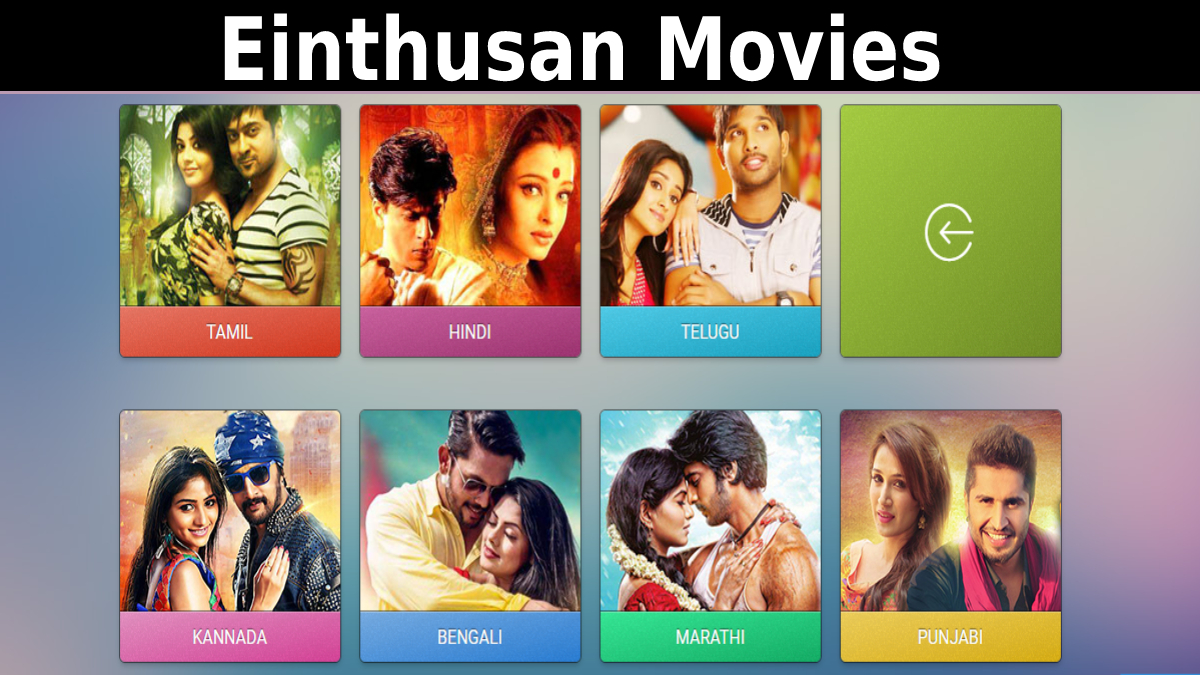In today’s environmentally conscious world, businesses and consumers alike are seeking ways to minimize their impact on the planet. One significant area where we can make a difference is in our choice of eco-friendly boxes & packaging. From shipping products to storing household items, packaging is ubiquitous in modern life. But what if we could make that packaging part of the solution instead of the problem? The answer lies in embracing eco-friendly boxes & packaging.
This blog post will delve into the world of sustainable packaging, exploring its benefits, the different types available, and how you can make informed choices to contribute to a greener future.
Why Choose Eco-Friendly Boxes & Packaging?
The shift towards sustainable packaging isn’t just a trend; it’s a necessity. Traditional packaging materials, often made from plastics and non-renewable resources, contribute significantly to environmental issues such as:
- Landfill Overload: Non-biodegradable packaging takes up valuable space in landfills, often persisting for hundreds of years.
- Pollution: The production and disposal of traditional packaging can release harmful pollutants into the air, water, and soil.
- Resource Depletion: Manufacturing conventional packaging often relies on depleting natural resources like trees and fossil fuels.
Eco-friendly boxes & packaging offer a viable alternative, addressing these concerns with a range of benefits:
- Reduced Environmental Impact: Sustainable packaging utilizes renewable resources, minimizes waste, and reduces pollution.
- Enhanced Brand Image: Consumers are increasingly drawn to businesses that demonstrate a commitment to sustainability. Using eco-friendly packaging can enhance your brand’s reputation and attract environmentally conscious customers.
- Cost Savings: While the initial investment in sustainable packaging might seem higher in some cases, it can lead to long-term cost savings through reduced waste disposal fees and potential tax incentives.
- Improved Product Protection: Many eco-friendly packaging options are just as durable and protective as their traditional counterparts, ensuring your products arrive safely.
Types of Eco-Friendly Boxes & Packaging
The world of sustainable packaging offers a diverse range of materials and solutions:
- Recycled Cardboard and Paper: These are among the most common and readily available eco-friendly options. Made from post-consumer recycled materials, they can be recycled again and again, creating a closed-loop system. Look for certifications like FSC (Forest Stewardship Council) to ensure responsible sourcing.
- Biodegradable and Compostable Materials: These materials break down naturally in the environment, returning to the earth as nutrients. Examples include plant-based plastics (PLA), mushroom packaging, and compostable packing peanuts made from cornstarch. Ensure proper disposal in designated composting facilities for optimal breakdown.
- Reusable Packaging: This includes containers, boxes, and bags designed for multiple uses. They reduce waste by eliminating the need for single-use packaging. Examples include reusable shopping bags, returnable shipping containers, and refillable bottles.
- Recycled Plastics: While not all plastics are created equal, those made from post-consumer recycled content (PCR) offer a more sustainable alternative to virgin plastic. They reduce the demand for new plastic production and divert waste from landfills.
- Mushroom Packaging: Grown from mycelium (the root structure of mushrooms) and agricultural waste, this innovative material is biodegradable, compostable, and surprisingly strong. It can be molded into various shapes, making it suitable for protecting fragile items.
Making the Switch to Eco-Friendly Packaging
Transitioning to eco-friendly boxes & packaging doesn’t have to be overwhelming. Here are some practical steps you can take:
- Assess Your Current Packaging: Analyze your current packaging materials and identify areas where you can make improvements.
- Research Sustainable Alternatives: Explore the different types of eco-friendly packaging available and determine which options best suit your needs and budget.
- Consider Your Product and Shipping Needs: Choose packaging that provides adequate protection for your products during shipping and handling.
- Work with Sustainable Suppliers: Partner with packaging suppliers who are committed to sustainability and offer certified eco-friendly products.
- Educate Your Customers: Communicate your commitment to sustainability to your customers. Highlight the eco-friendly features of your packaging and encourage them to recycle or compost it properly.
- Minimize Packaging: Reducing the amount of packaging you use in the first place is a crucial step towards sustainability. Consider using smaller boxes, eliminating unnecessary layers, and opting for lightweight materials.
The Future of Sustainable Packaging
The future of packaging is undoubtedly green. Innovations in materials science and technology are constantly leading to new and improved eco-friendly solutions. From edible packaging to bio-based films, the possibilities are vast. By embracing eco-friendly boxes & packaging today, we can contribute to a more sustainable future for generations to come.
Choosing eco-friendly boxes & packaging isn’t just a good business practice; it’s a responsible choice for our planet. By making informed decisions and embracing sustainable alternatives, we can all play a role in creating a greener and healthier future.








